Speculative Taxidermy. Natural History, Animal Surfaces, and Art in the Anthropocene, by Giovanni Aloi.
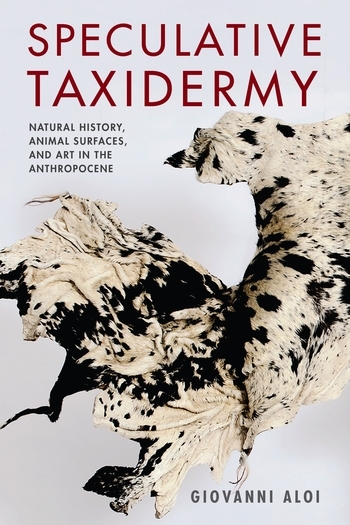 Publisher Columbia University Press writes: Taxidermy, once the province of natural history and dedicated to the pursuit of lifelike realism, has recently resurfaced in the world of contemporary art, culture, and interior design. In Speculative Taxidermy, Giovanni Aloi offers a comprehensive mapping of the discourses and practices that have enabled the emergence of taxidermy in contemporary art. Drawing on the speculative turn in philosophy and recovering past alternative histories of art and materiality from a biopolitical perspective, Aloi theorizes speculative taxidermy: a powerful interface that unlocks new ethical and political opportunities in human-animal relationships and speaks to how animal representation conveys the urgency of addressing climate change, capitalist exploitation, and mass extinction.
Publisher Columbia University Press writes: Taxidermy, once the province of natural history and dedicated to the pursuit of lifelike realism, has recently resurfaced in the world of contemporary art, culture, and interior design. In Speculative Taxidermy, Giovanni Aloi offers a comprehensive mapping of the discourses and practices that have enabled the emergence of taxidermy in contemporary art. Drawing on the speculative turn in philosophy and recovering past alternative histories of art and materiality from a biopolitical perspective, Aloi theorizes speculative taxidermy: a powerful interface that unlocks new ethical and political opportunities in human-animal relationships and speaks to how animal representation conveys the urgency of addressing climate change, capitalist exploitation, and mass extinction.
A resolutely nonanthropocentric take on the materiality of one of the most controversial mediums in art, this approach relentlessly questions past and present ideas of human separation from the animal kingdom. It situates taxidermy as a powerful interface between humans and animals, rooted in a shared ontological and physical vulnerability.
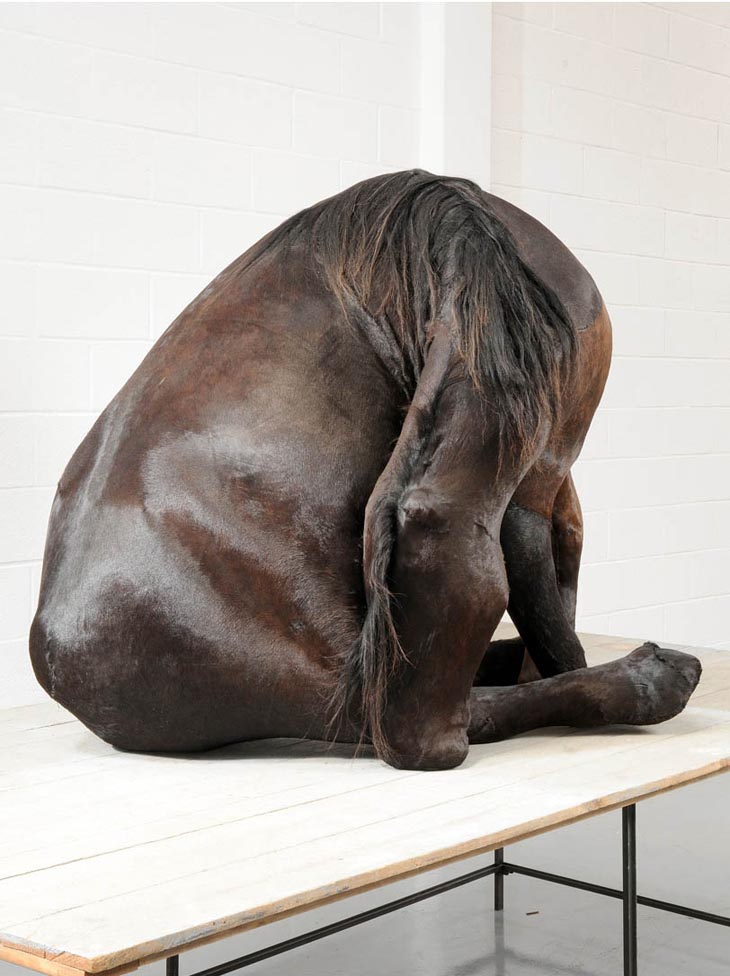
Berlinde De Bruyckere, K36 (The Black Horse) (and details), 2003. Photo
Speculative Taxidermy looks beyond the postcolonial critique, the uncanny and the sensationalism of taxidermy to examine the resurgence of the practice in contemporary art.
The author calls “Speculative Taxidermy” an art practice that balances realism with abstraction, engages with current ethical and biopolitical concerns, re-calibrates our relationship with animals and destabilizes dominant anthropocentric modes of being and thinking.
The strongest quality of the book is the way it acknowledges that taxidermy, like any other cultural practice, operates nowadays within a context characterized by consumerism, globalization, resource depletion and environmental anxieties. The author also dives into the historical background from which speculative taxidermy (and ultimately own own relationship with animals) emerged: the rhetoric of natural history museums and the history of how nature has been staged, dissected and displayed in medieval bestiaries, cabinets of curiosities, dioramas and other historical tools for constructing concepts of nature.
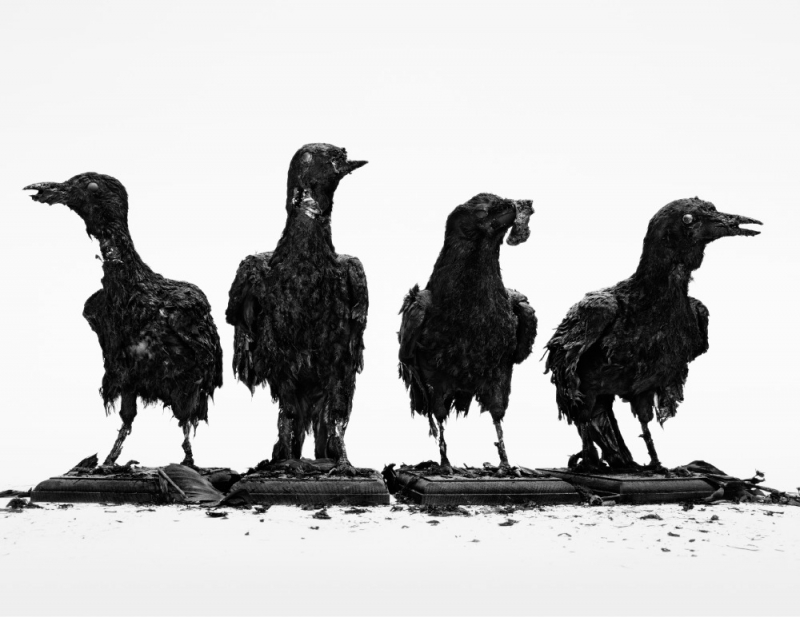
Laurent Bochet, Carrion crow, Corvus corone, from 1000°C Deyrolle – 1er février 2008
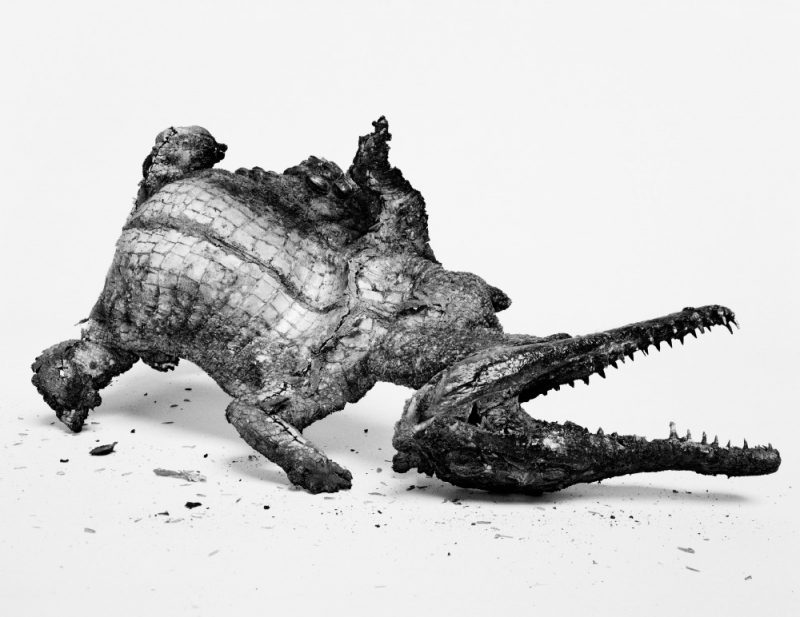
Laurent Bochet, Nile crocodile, Crocodilus niloticus, 4 feet long., from 1000°C Deyrolle – 1er février 2008
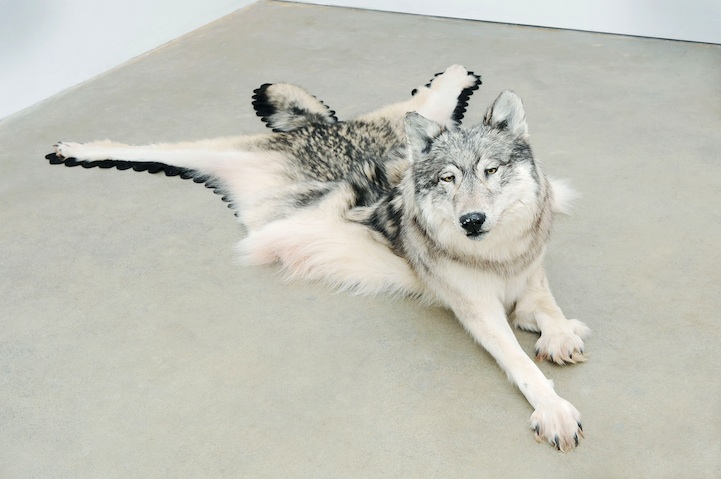
Nicholas Galanin, Inert Wolf, 2011
Speculative Taxidermy is packed with thorough analysis of taxidermy artworks but also with fascinating anecdotes: Degas’s little dancer which shocked fin de siecle Parisians with her real hair, wax body and aura of “precocious depravity”, the hippopotamus that lived in the Boboli Gardens as pet of Grand Duke of Tuscany, Michelangelo gaining intimate knowledge of anatomy through his practice of dissecting bodies at the Santo Spirito hospital in Florence in the late 15th century, etc.
This is a solid, thoroughly researched volume for fastidious art critics who want to study taxidermy’s position within the context of the anthropocene. The author, however, relishes art speak and references to every single thinker of the 20th and 21st century you could think of: Donna Haraway (obviously!), Claude Lévi-Strauss, Susan Sontag, Slavoj Žižek, Michel Foucault (who’s actually the book’s main cicerone), etc. It didn’t prevent me from enjoying the book but i thought i’d warn you. If ever light and entertaining taxidermy is what you’re after, then you might want to have a look elsewhere: at Robert Marbury‘s Taxidermy Art: A Rogue’s Guide to the Work, the Culture, and How To Do It Yourself or maybe at Crap Taxidermy by Kat Su.
I’ll leave you with some of the creatures and scenes i discovered in the book:

The weird and wonderful hippopotamus at La Specola, Florence’s Museum of Zoology and Natural History. It given to the Cosimo III de’ Medici in the second half of the 17th century. Photo
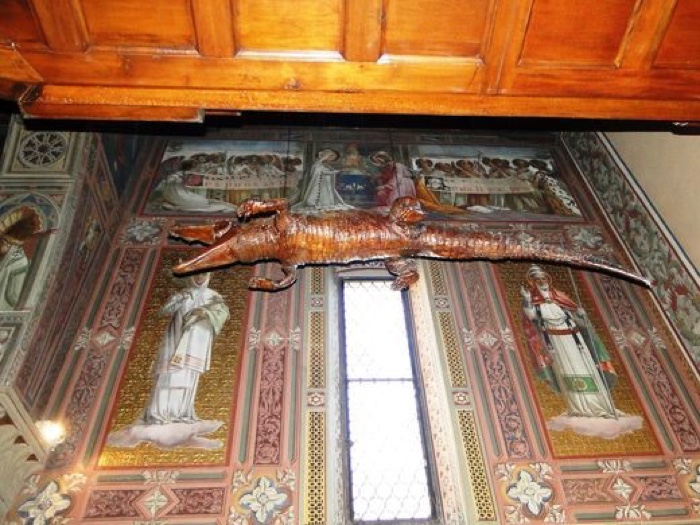
Crocodile suspended from the ceiling of Chiesa Santa Maria Annunziata at Ponte Nossa, Italy. Photo
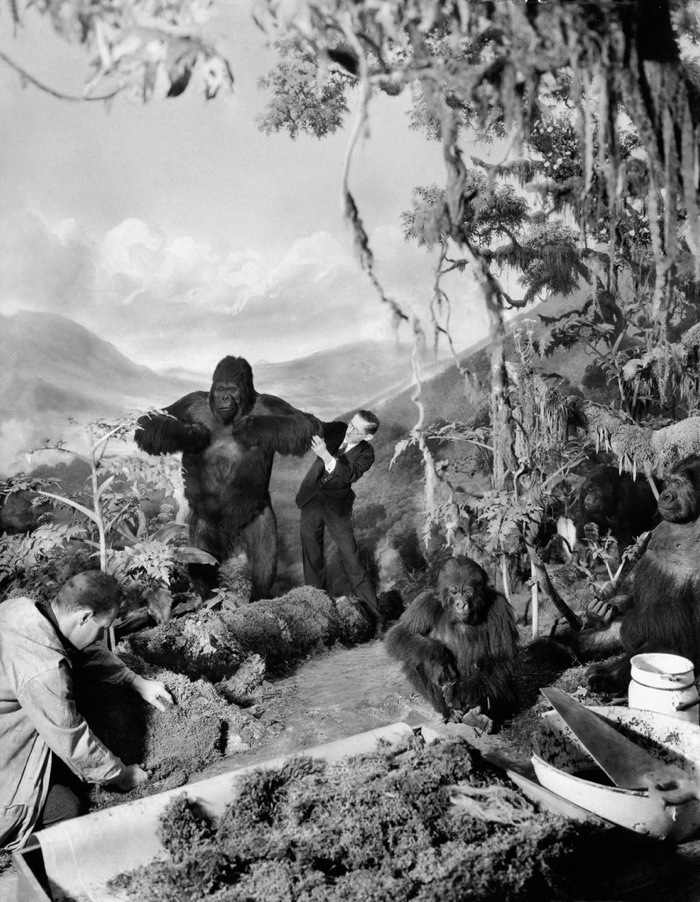
Finishing touches applied to a diorama in the Akeley Hall of African Mammals at the American Museum of Natural History in New York. Named for Carl Akeley, the explorer who designed all the displays, the hall presents several animals that Akeley had killed. Photo taken in 1936
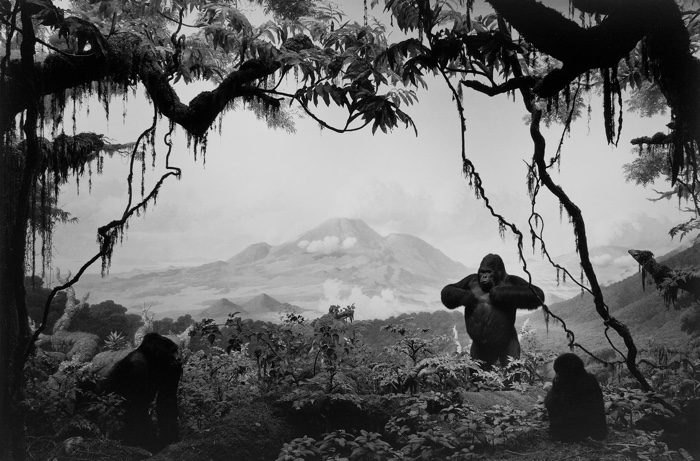
Hiroshi Sugimoto, Gorilla (from the Diorama series), 1994
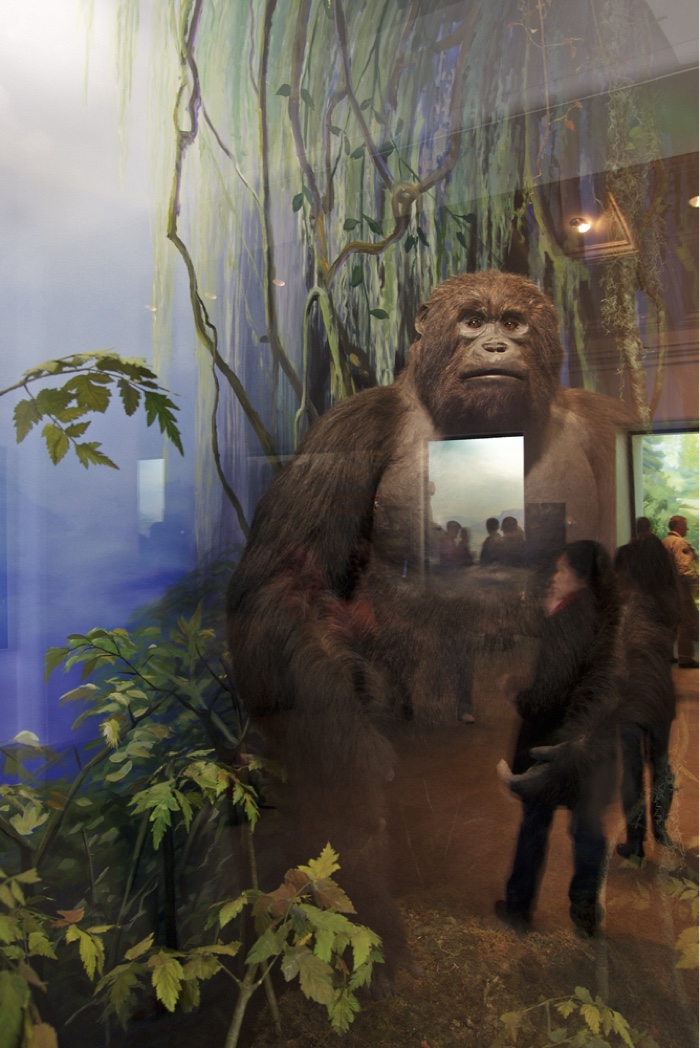
Diane Fox, Animals Reflecting, California Academy of Sciences, San Francisco, California, from the seies “UnNatural History”, 2010
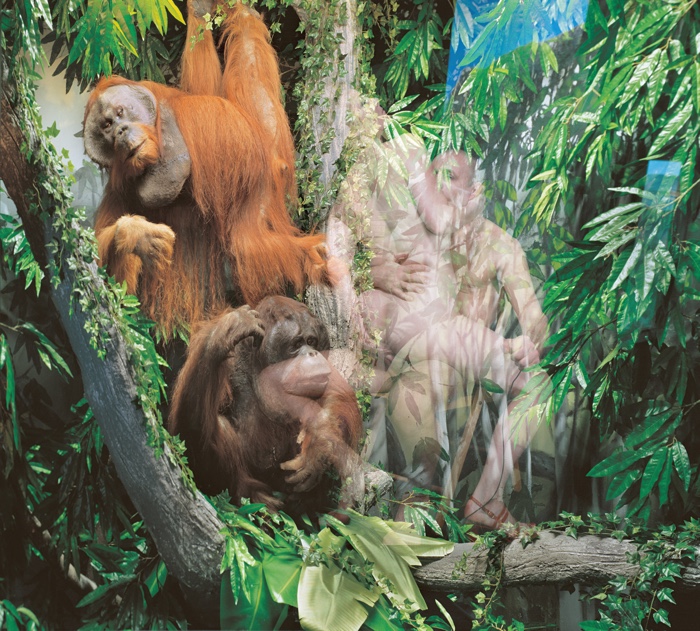
Oleg Kulik, Orangutang, from the series New Paradise, 2001
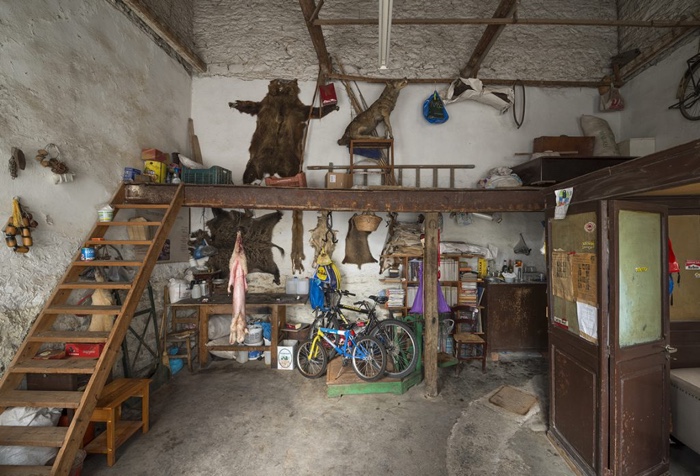
Maria Papadimitriou, ‘Agrimika why look at animals?’, 2015. Photo
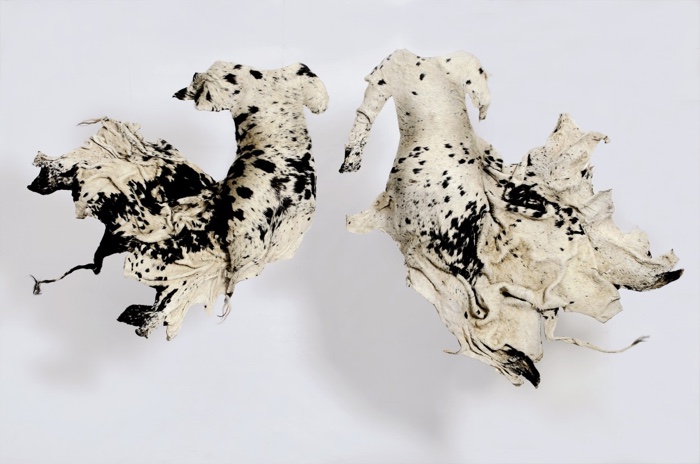
Nandipha Mntambo, Titfunti emkhatsini wetfu (The shadows between us), 2013. Photo
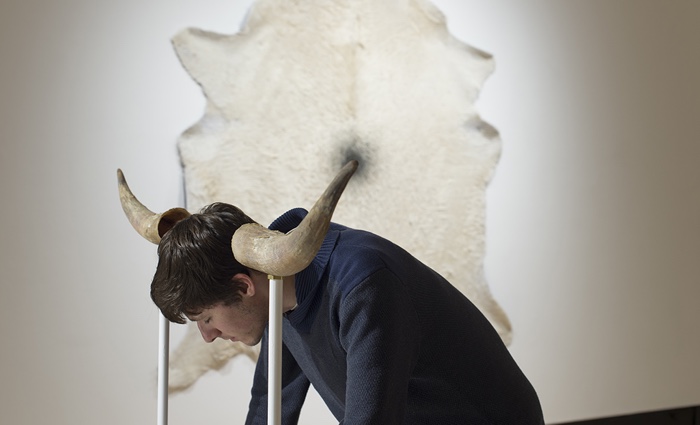
Cole Swanson, Regina Mortem
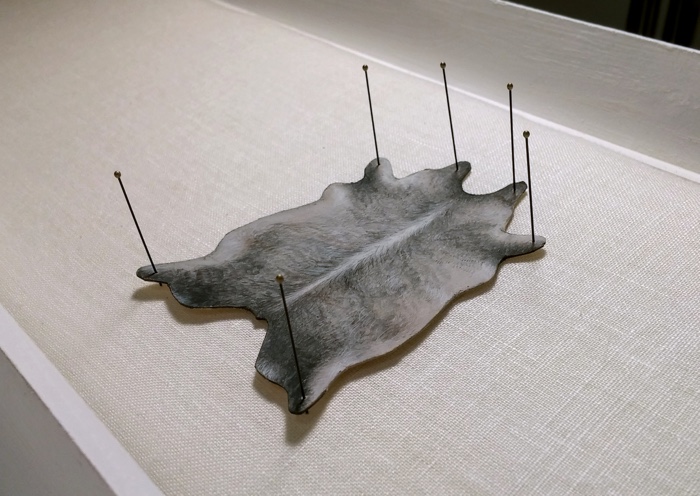
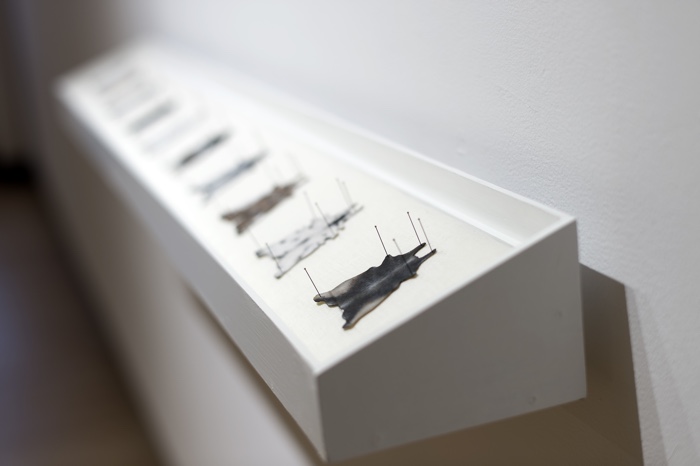
Cole Swanson, Specimen Hides
If you put me in a room with this one, i will cry my heart out:
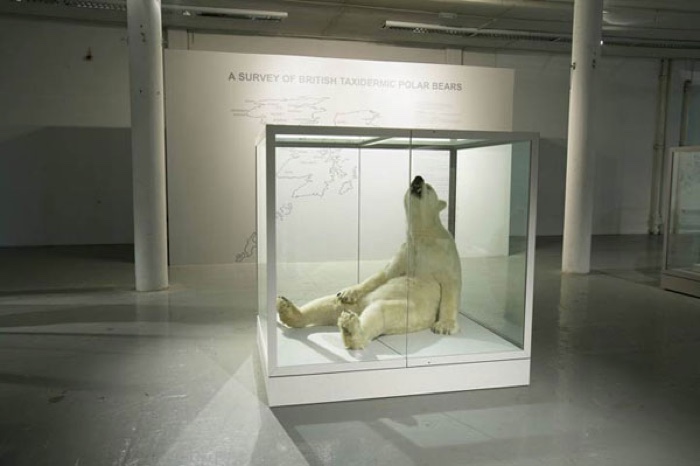
Snæbjörnsdóttir/Wilson, nanoq: flat out and bluesome, 2006
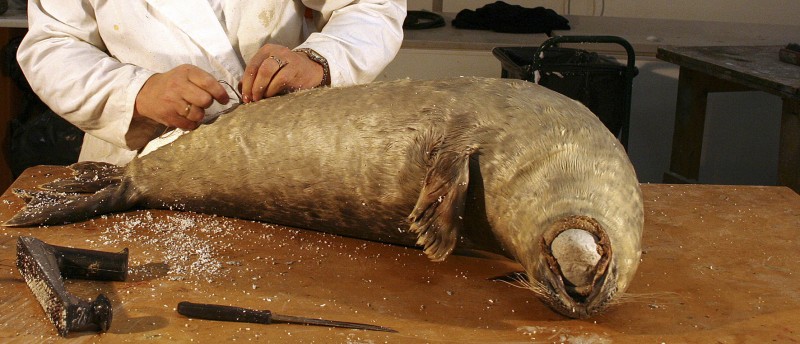
Snæbjörnsdóttir/Wilson, the naming of things (video still from the installation
between you and me), 2009
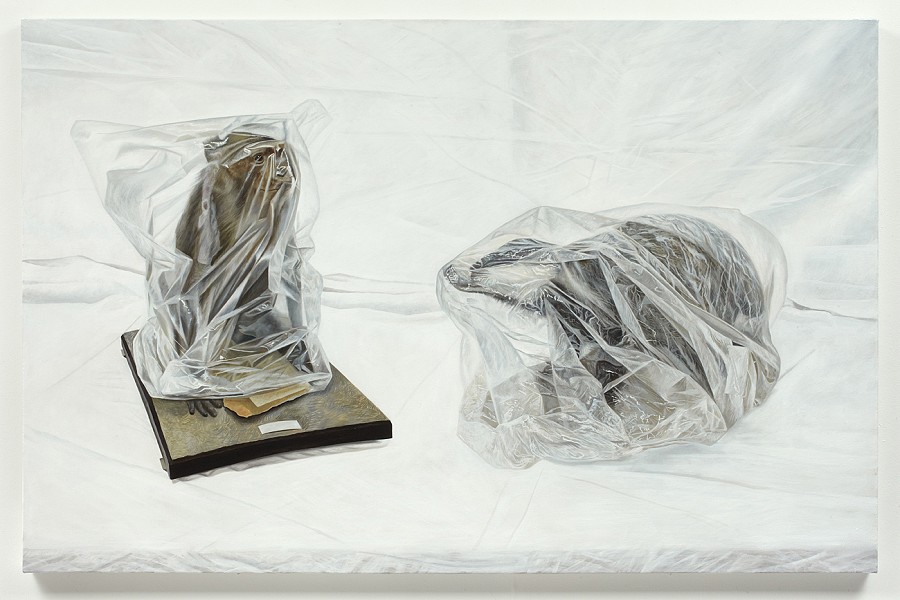
Mark Fairnington, Monkey Badger (part of Collected and Possessed), 2012
The book closes on a very witty appendix by Mark Dion and Robert Marbury titled “Some Notes Towards a Manifesto for Artists Working with and About Taxidermy Animals.”
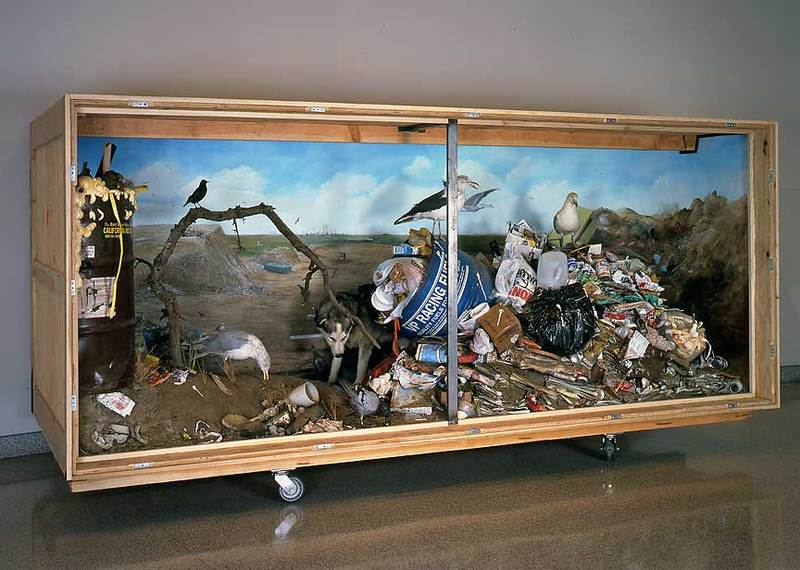
Mark Dion, Landfill, 1999-2000
